Nyquist Theorem
SampF => 2*MaxFq
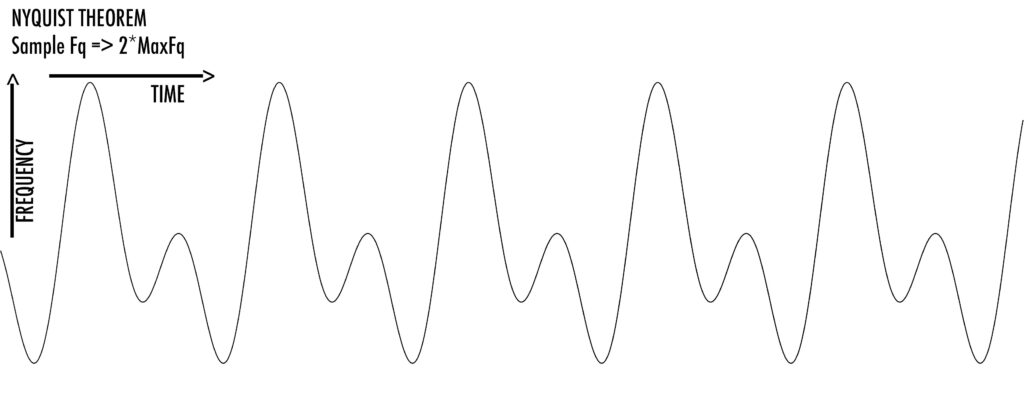
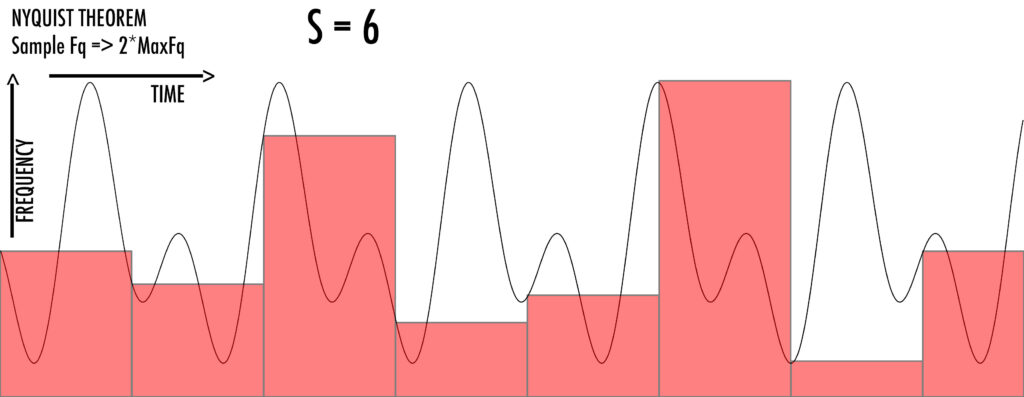
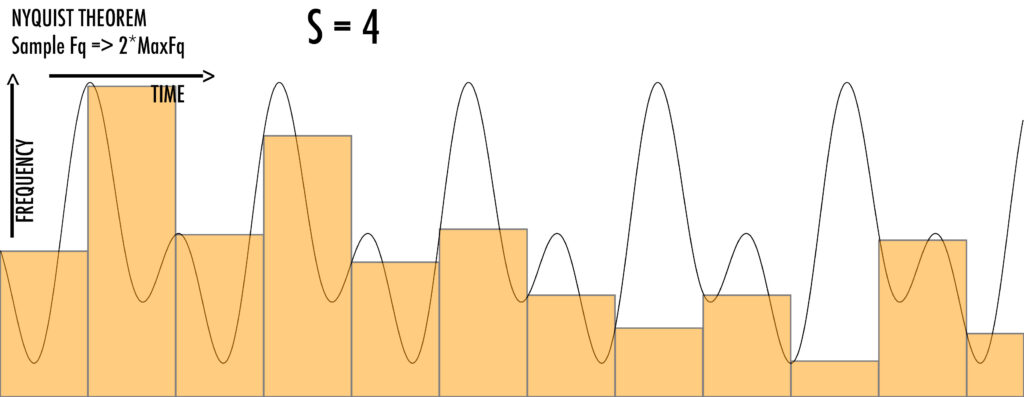
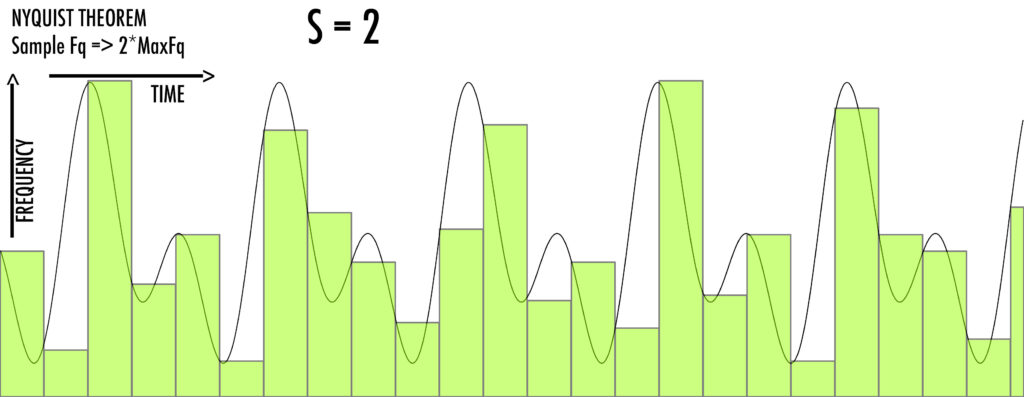
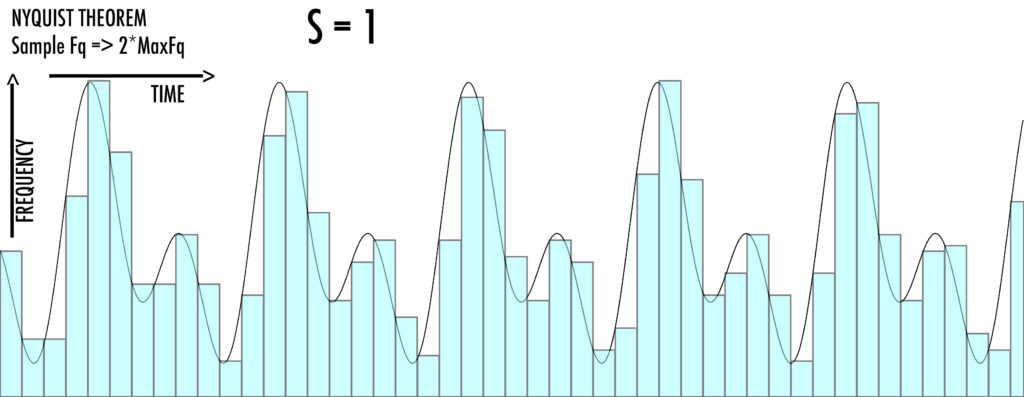
The Nyquist theorem can be applied to light frequencies, essentially meaning that when capturing an image with a digital sensor, the pixel density needs to be high enough to accurately represent the full range of spatial frequencies present in the scene, preventing aliasing artifacts like moiré patterns
Spatial frequency:
Instead of considering temporal frequencies (cycles per second) as in traditional signal processing, when dealing with light, the relevant frequency is “spatial frequency” which represents the number of cycles per unit distance in an image.
Pixel density:
The sampling rate in this context is the pixel density of the sensor, and the Nyquist frequency is half the maximum spatial frequency that can be accurately captured without aliasing.
Aliasing in images:
If the spatial frequency of a detail in the scene is higher than the Nyquist frequency of the sensor, it will be misrepresented in the captured image, leading to visible artifacts like moiré patterns.